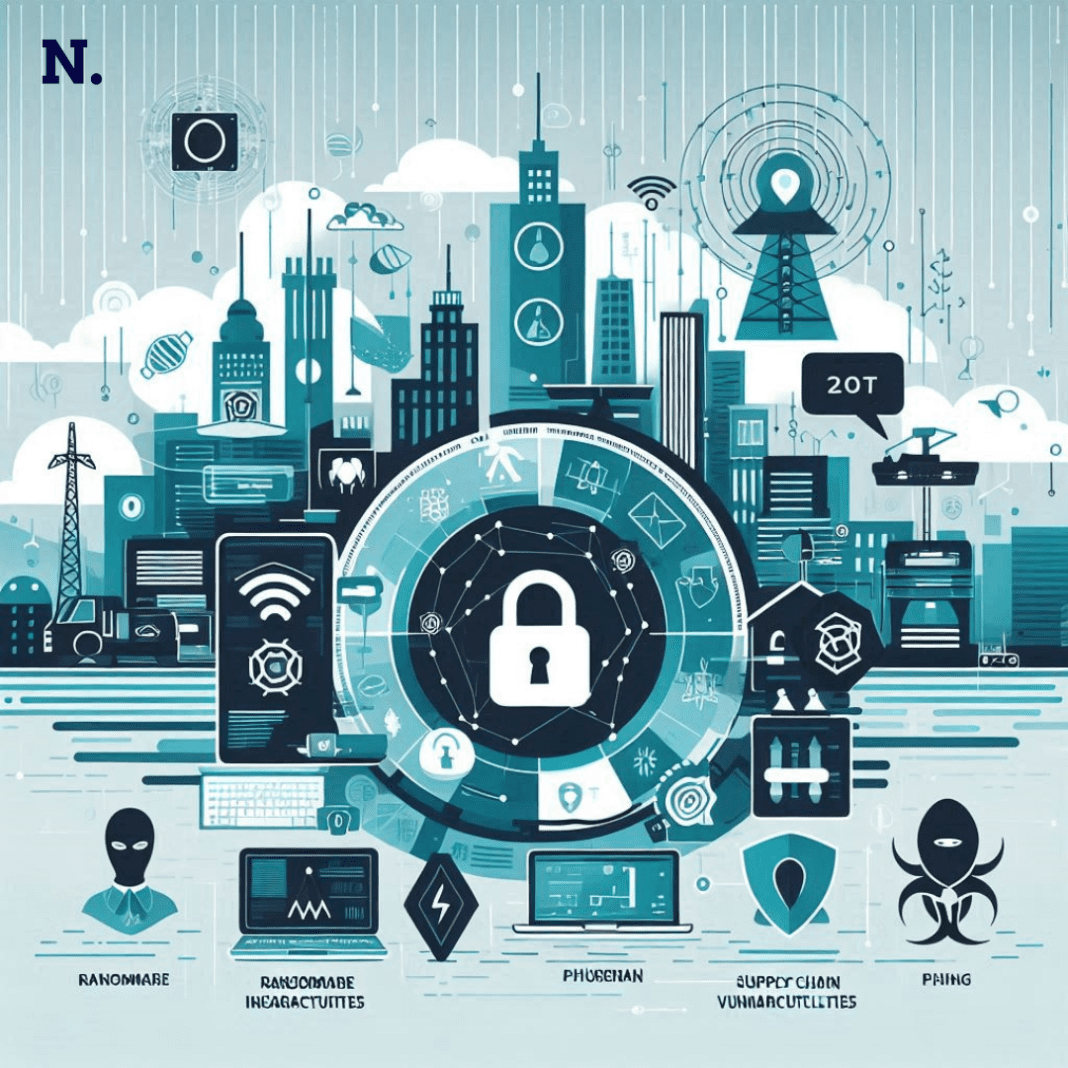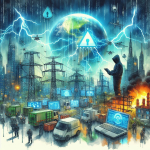Cybersecurity can defend our systems providing fundamental goods, including water, electricity, and transportation. They continue linking these systems, making them easily accessible, but also more susceptible to being hacked. More recently, critical infrastructure has faced vast numbers of cyber attacks. Here are five different types of cyber attacks, and how we can prevent them.
Ransomware Attacks
These are effectively attacks on computer systems or the networks containing them. It is a type of malicious software that blocks access to data or threatens to publish it, demanding a ransom in exchange for a decryption key. Because of its nature, ransomware attack planning is complicated. However, the attackers have developed many techniques and strategies to accomplish their goal.
Probably, ransomware attacks arethe biggest threats to important systems. In ransomware attacks, malicious software locks users out of their data or systems until money is paid for unlocking it. This is because the operators of such systems do not want a disruption in their operations. For instance, in May 2021, a ransomware attack on Colonial Pipeline caused major fuel shortages.
These are some key defensive measures that organizations can implement to guard against ransomware. Data needs to be regularly backed up and kept safe. They could be trained to recognize phishing email, emails targeted at gullible individuals seeking to give away information. Ensuring systems remain on the most recent security updates makes it more difficult for the attackers. And at least occasionally, monitoring unusual activity solves the problem before other problems arise.
Cybersecurity Expert Mathew Warns of Escalating Cyber Attack Severity
DDoS Attacks
DDoS attacks are another big threat. Here, a large number of computers flood a targeted server with traffic. This makes it rather difficult for that server to function. The effect can be that vital services are pattered. For instance, in October 2022, DDoS hit the websites of U.S. airports, briefly taking their respective pages offline.
In counteracting DDoS, organizations have various strategies. They may watch out for unusual activity using special systems that detect intrusions. They may also use filtering tools that weed out unwanted traffic. Limiting a system’s requests that it can process in a given time is another way of not being overwhelmed with requests. Lastly, having extra resources such that whenever problems are pointed to, systems can handle a sudden spike in traffic.
Phishing and Insider Threats
Phishing attacks happen when cybercriminals cheat someone to give them sensitive information, usually through fake emails or texts. At times, the attacks are targeted at specific persons and therefore are dangerous. Phishing usually leads to bigger attacks including ransomware.
Educate employees on how to identify a scam. Regular upgradation of systems to capture phishing attempts, monitoring of e-mails for odd activity, and multi-factor authentication ensure that it is quite difficult for attackers to get into a system.
Besides the threat of outsiders, there is also an internal threat. This happens when an insider abuses his or her access. Organizations may train employees so they are error-free; monitoring user activity may help find suspicious behavior; and access restrictions to information being sensitive ensure that only the right people see it.
Supply Chain Attacks
Supply chain attacks occur when cybercriminals exploit weak defense mechanisms present in third-party software or services to gain entry into a target organization. Such supply chain attacks can cause huge issues for an organization. The most recent example of this attack is the SolarWinds attack, where malicious software was injected into various programs used by numerous companies and government agencies.
Russian Cyber Security Giant Kaspersky Faces Severe Sanctions from U.S.
Strong cybersecurity measures for systems and their vendors will help prevent attacks, which result from supply chains. MFA can be used to minimize unauthorized access. Access controls can limit who is allowed into certain sensitive areas. Finally, educating employees to identify phishing attacks will make it difficult for intruders to break through security breaches.
5. Risks from Outdated Systems
It’s very risky to use old systems. Most companies still use previous software or paper-based systems, and are hence more targeted by attacks. The older systems are harder to secure, appealing to cybercriminals.
Moving on to the use of cloud-based solutions helps improve security significantly. Most cloud platforms have built-in features that facilitate frequent upgradation for better security. Organizations can now protect themselves from such evolving cyber threats with such modern systems.
By understanding these attacks and steps taken towards the protection of our critical systems, we can help keep our essential services running safely.





